It is definitely not lost on me that we are two weeks away from Spring Break. Part of me welcomes a fun vacation at a sunny destination. But another part of me feels the pressure of testing being right around the corner. You have been working hard all year to not only prepare 3rd-5th graders for Milestones, but also our younger students for sustained academic growth. Teaching is the one profession that lays the foundation for all others. We don't get the luxury of putting forth half effort. Our students count on us to bring our "A" game each and every day. This is no easy feat. Teachers are human but expected to garner superhuman results. Tonight's blog is not about asking you to do more, go the extra mile or do the impossible. You are already doing all of that. I want to remind you that the next two weeks will be tough. You will feel like giving up. Don't. You will have a shorter fuse than normal. Take a break. You will cry. We have plenty of tissues. You will want to scream. My office is sound proof so come on in. You matter. What you do matters. Everyday.
Staff Spotlight
This week I would like to shine the spotlight on Megan Rios. Megan is someone who gets things done. She is not one to bring attention to herself or brag about the work that she does. She is a hard worker and an excellent leader. As grade chair, she supports her team and takes the lead on tough decisions. This year, her grade level has five teachers and a three way teaching team was not in the best interest of kids. Megan stepped up to teach all subjects within her classroom. She has created a classroom where the students have bonded and are thriving. When it was time to implement the Extended Learning Program after school this year, Megan was right there with Cara offering to teach 3rd and 5th graders reading twice per week. Most recently, it was deemed that a student with some discipline concerns should be moved to a single classroom instead of the departmentalized model. This meant that Megan would be the new teacher and continue with the strategies and communication taking place for this student. Of course she knew of this child's history, however she welcomed the student into the classroom and is determined to help the child adjust to his new environment. These are just a few examples of Megan's quiet leadership. Megan, we thank you for your dedication to students and our school.
Battling the Test Prep Blues
by Alicia ZimmermanScholastic.com 3/27/2013

- My favorite book about teaching “test prep” as an authentic genre is Test Talk by Amy Greene and Glennon Doyle Melton. In this slim, action-oriented professional book, they explain how the language of standardized tests tricks students, and they provide clear examples of how we can help our students “unlock the code” during our regular reading and writing workshops.
- Integrating Test Prep Into Reading & Writing Workshops by Nancy Jennison is really helpful in that it breaks down the different types of questions commonly asked on ELA exams and analyzes the specific skills needed to answer each type of question. I thought I understood the ELA tests, but this book gave me a deeper understanding of the “anatomy” of the tests.
- For five superstar ways to make test prep fun, check out Angela Bunyi’s blog post filled with creative test prep solutions. I also refer back to an older post of hers for inspiration about test prep survival kits and breakfast study parties.
Whether you view test prep as a necessary evil, or just plain evil, the fact stands that our students deserve to be well prepared for their high-stakes assessments. This year the specter of the assessments looms even greater — everyone from my principal to our state education commissioner is warning us about the rigor of the new CCSS aligned tests. All of this pressure can drive a teacher crazy, and a crazed teacher obviously means unproductively bonkers students. Here’s where I take a few deep breaths and pull out my arsenal of test prep tricks. Bring it, state assessments, we’re ready for you!
Test Prep Stinks — So Why Bother?
I’m going to steer clear of the larger issues about standardized testing, the role of test prep, and the changing standards. Those are all important discussions, to be sure, but with my state’s exams a mere three weeks away, I just don’t have time for philosophy or policy.
Nobody really questions why the students at my school run practice races before the track meet, or rehearse before the school play. Yes, these activities rely on natural talent, but our students perform better when they are coached by experts and have the chance for guided practice. Similarly, my students deserve coaching and practice for the “genre” of standardized exams. After all, answering the bizarrely worded questions of standardized tests is certainly less natural than running a 100-meter dash.
Of course, critical thinking, reading, and writing should be taught authentically throughout the curriculum, but without explicit instruction about the demands of standardized tests, we impede our students’ success. So let’s face the truth — until the assessments are as authentic as our regular high-quality instruction, dedicated test prep is here to stay. Here are some ideas to make the best of it … until we can return to “real” teaching again!
Battle Strategy 1: Keep It Real!
“Test Prep,” as marketed by the workbook publishers, is an onerous process they attempt to package into something resembling a “lesson.” Per the teacher test prep guides, you read a brief lesson about a tested topic as a class (e.g. sequencing), then answer guided questions about a sample text together, and finally the students practice the strategy independently with another passage. Yes, this is the standard “gradual release” model common in good instruction — but in this context, it makes me want to cry out of boredom.
If this workbook-based test prep feels wrong to you, please give yourself a pat on the back. This just confirms that your “normal” teaching style is undoubtedly creative, responsive, student-driven, and exciting. It’s no wonder that test prep feels yucky to you and your students — you are all accustomed to something much richer.
So, instead of teaching the test-prep workbook, I tend to use it a guide. First I look at the topics covered in the workbook and on previous state exams, and then I plan explicit lessons about those same topics, but using authentic texts within our regular workshop model. I use picture books for read-alouds, and stories from literary magazines such as Storyworks, as well as non-fiction short texts from magazines such as Ask and current events magazines like Scholastic News for shared reading.
It is only after I have taught a test topic in an authentic context that I have the students practice the topic or strategy with test-prep materials. In this manner, I still cover all of the requisite test prep topics and expose my students to the vagaries of testing language, while still allowing my students to engage with texts in meaningful ways.
Using authentic texts such as Crickwing, A Bad Case of the Stripes, and a Ranger Rick article about sea otters allows me to fit test prep into our regular reading instruction.
Battle Strategy 2: Make It Fun!
Eventually, there comes a time when we need to do basic practice work: students take sample tests and then we review the answers together as a class. This process quickly becomes a slog — just minutes into practice test review, and most of my class is doodling, staring into space, or generally goofing off. And honestly, it’s hard to blame them — I’m bored too!
Here’s where I heed Mary Poppins’ wisdom and find a “spoonful of sugar” to help the test prep go down. No, I don’t bribe them with sweets — well, rarely! But I do try everything possible to make question-and-answer practice feel like a fun game.
“Game” 1: Sit/Stand
This is as simple as it gets. For questions that can be answered in binary format (yes/no; true/false; fact/opinion; cause/effect,) pose a question to the class and ask them to sit or stand to show their answer. This is an easy way to gauge everyone’s responses, and it wakes sleepy students up right away.
“Game” 2: Four Corners Multiple-Choice
I hang construction paper labeled A-D in the four corners of my classroom. Then I read a practice test question aloud and put on some upbeat music. Students are expected to dance in the center of the room until the music stops, at which point they go sit in the corner under the letter matching the correct answer choice. We discuss the correct answer as a class, and then the game continues with a new question.
“Game” 3: Slates Up!
To play the game, students use small dry-erase slates and markers to record their answers to a question. Students who talk out of turn or show their slate prematurely are called “out.” After I see that most students have finished writing, I count down from five and then chant, “Pens down, slates up,” inspired by the classic game Seven Up. I choose one student to show his slate to the class while explaining his answer. Then I call “On your marks, get set, eRACE!” and students scramble to wipe off their slates to be ready for the next question. Is this a game? Hardly. But the students love it anyway.
Slate routines allow me to "take the temperature" of the room, and the students are extra attentive.
“Game” 4: Table Wars
This adds a collaborative and competitive edge to Slates Up. Each table works as a team and receives one slate. The teammates have to discuss the question I ask the class and agree on the answer together. I call out “Ready, aim, fire your answer” and one member of each team holds up their slate. Teams get points for correct answers.
“Game” 5: Techie Game Shows
My students love when we play PowerPoint game shows like Jeopardy or Millionaire on our interactive whiteboard. It definitely takes a while to build these quiz games, but it can be used year after year by multiple classes. There are also some ready-made quiz games available online — just be sure the questions match your standards and test format, otherwise it won’t be effective test prep. Here is a Fractions Jeopardy Game that I created to use as test prep with my third graders. Choose the "Read Only" option when prompted.
“Game” 6: Cross and Toss
Okay, I’ll admit, this one isn’t a game at all. It’s simply a strategy to keep the students active and engaged while practicing the process of elimination strategy. In my classroom, we call the process of eliminating incorrect answer choices “Cross and Toss.” As in “cross it out and toss it in the trash!” This process is accompanied by florid pantomiming. After we read an obviously wrong answer choice, everyone chants “Crooooossssss” while making a sweeping “X” shape with their arms, followed by “Tosssss” while making an imaginary jump shot that shoots the incorrect answer right into the trashcan. It’s done in an over-the-top sports announcer style, and the kids love it.
Battle Strategy 3: Be a Cheerleader!
Once testing day arrives, it’s important for the children to know that you aren’t worried one bit. And if you are worried? Fake it like your life depends on it. Remember, these elementary school tests are just the beginning of long academic careers involving standardized exams for our students. The test-taking habits and attitudes our students form now may impact their test-taking behaviors for the rest of their lives. So, perhaps more important than how your students do on this test today, is whether your students feel empowered or oppressed by testing. Keep in mind that a lot of your students’ attitudes will be shaped by the feelings you project.
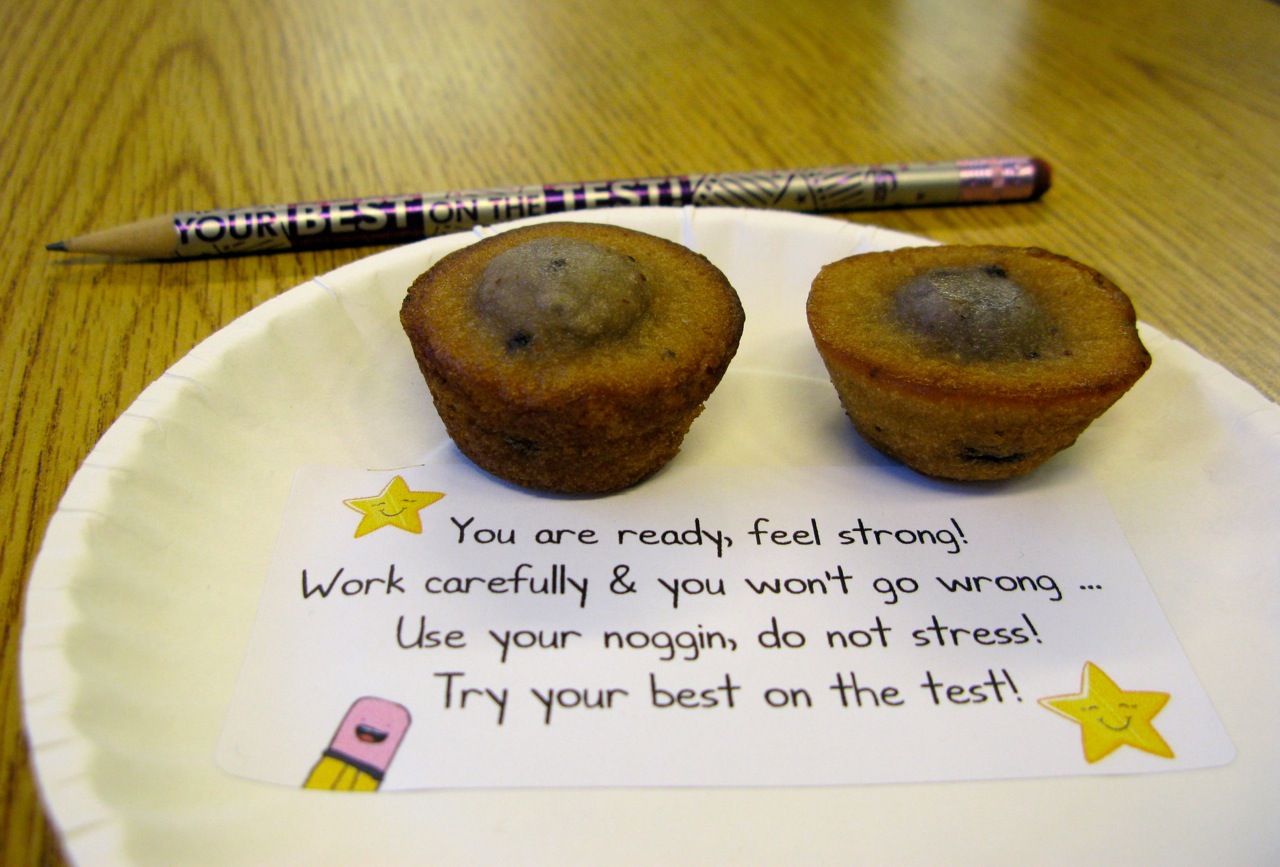
I emphasize that testing is a chance for my students to show off and strut their academic stuff. I project as much cheerful enthusiasm as I possibly can. I voice my total confidence in their abilities. And I try to subtly form positive testing associations in small, even superficial, ways.
A sweet testing treat ... Pavlovian conditioning to enjoy standardized tests? Whatever works. Download the Smart Cookie labels and the Try Your Best labels.
The morning of standardized exams, I set out colorful pencils and smiley face erasers. I place snack-sized bags of treats at each seat with a positive message to start the day. I play calm classical music until test-time, and have “fun packets” on hand for students to stay busy with seatwork while waiting for the exam to begin. (Mazes, word searches, and scrambles, KenKen, and Kakooma are all favorite “fun packet” activities among my students.) After testing finishes each day, I take my students outside to burn off steam with extra recess.
In my state, all classroom charts and bulletin boards must be covered prior to standardized testing. This sudden change in our classroom can be unsettling for students, so I get them involved in the process. They paint free-form murals on butcher paper. Then, when I cover the walls with their art, the students love the new look.

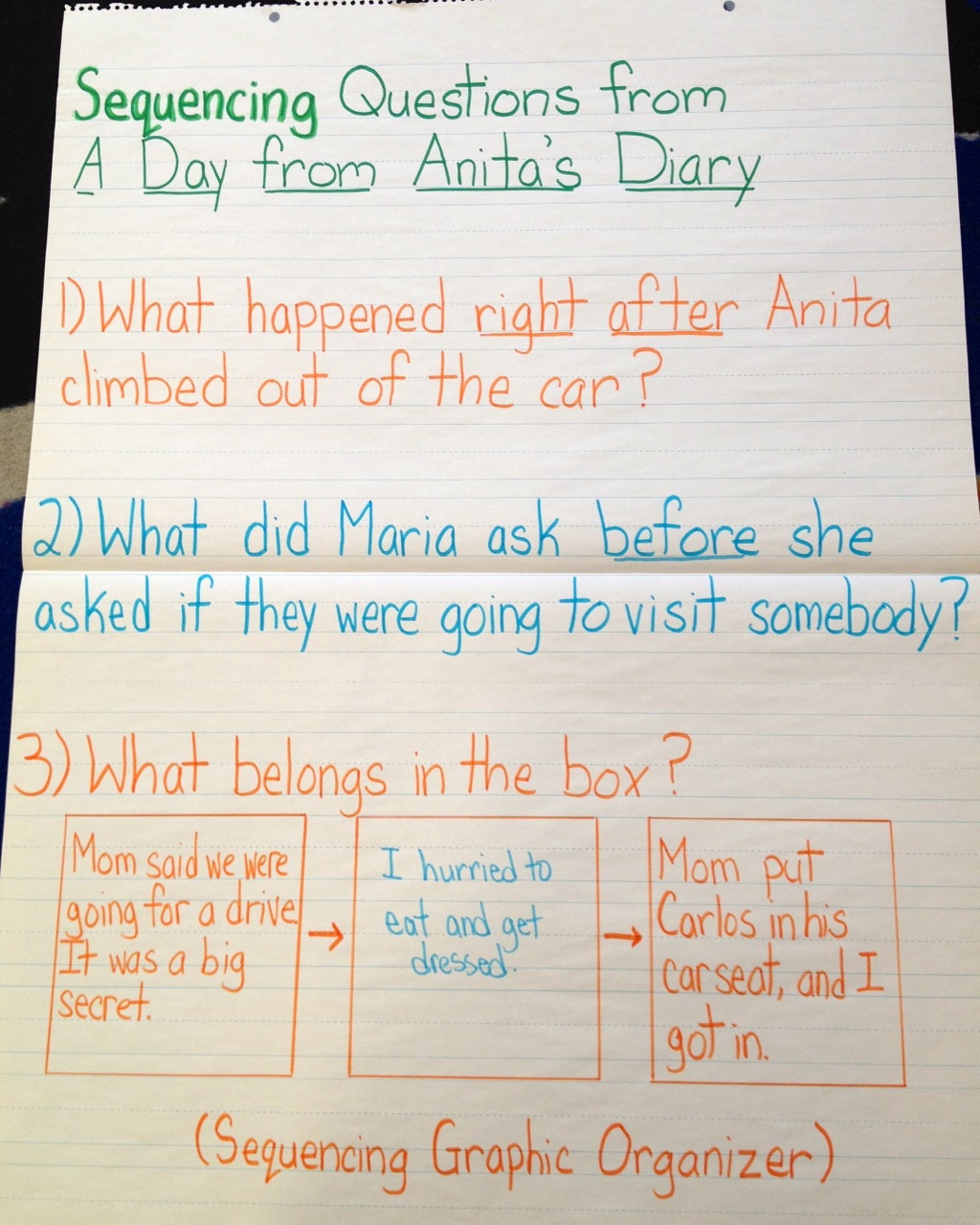
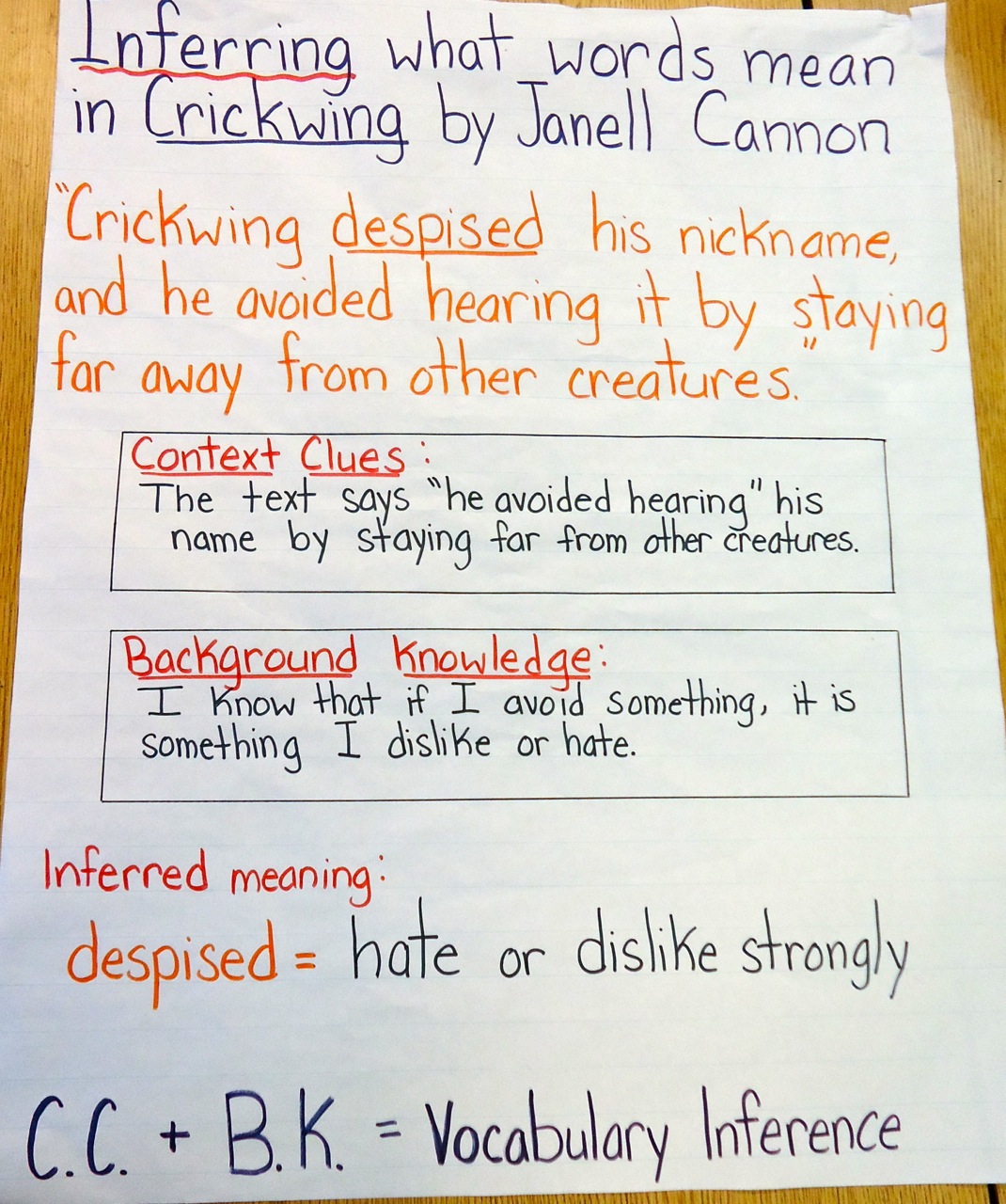
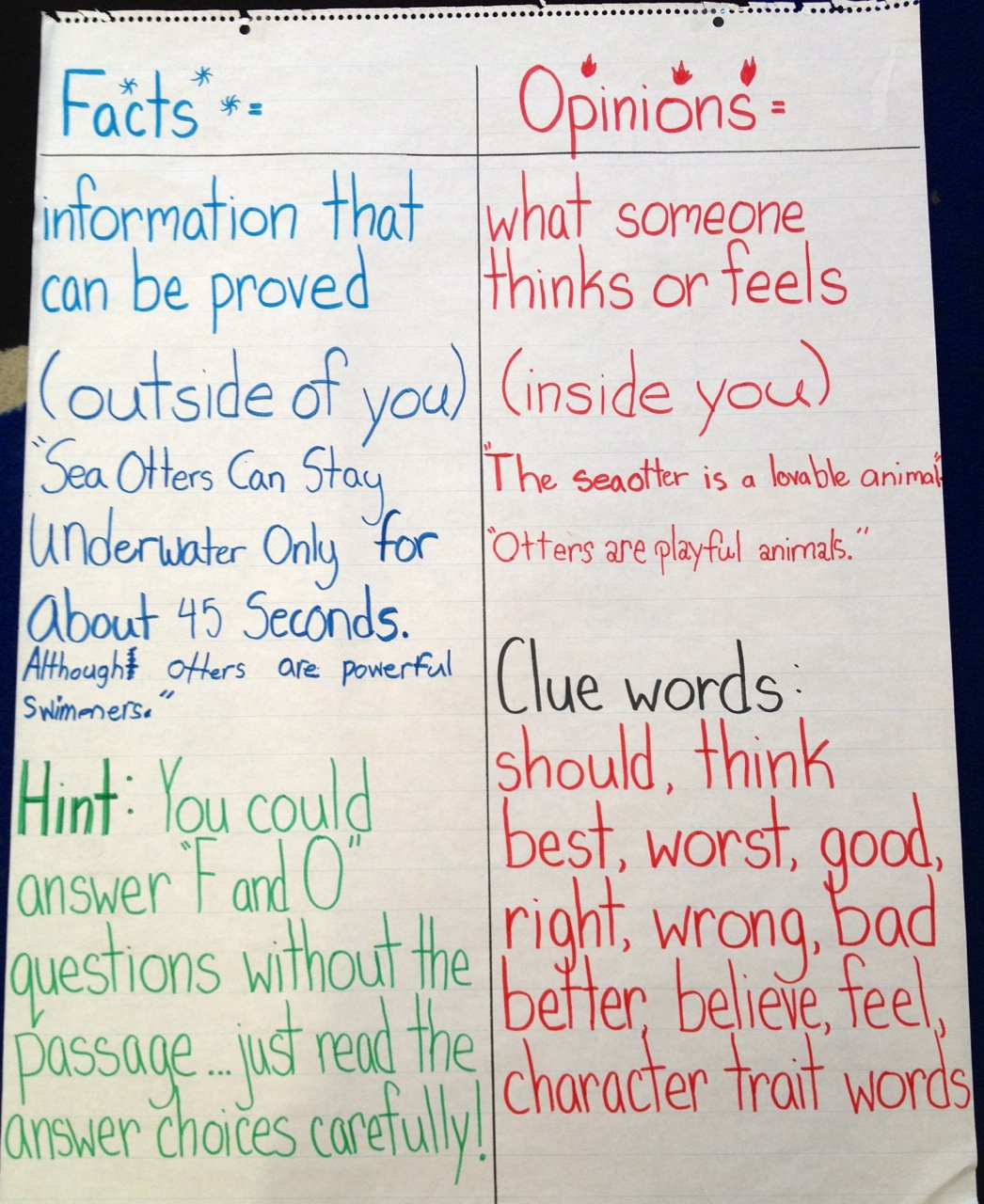
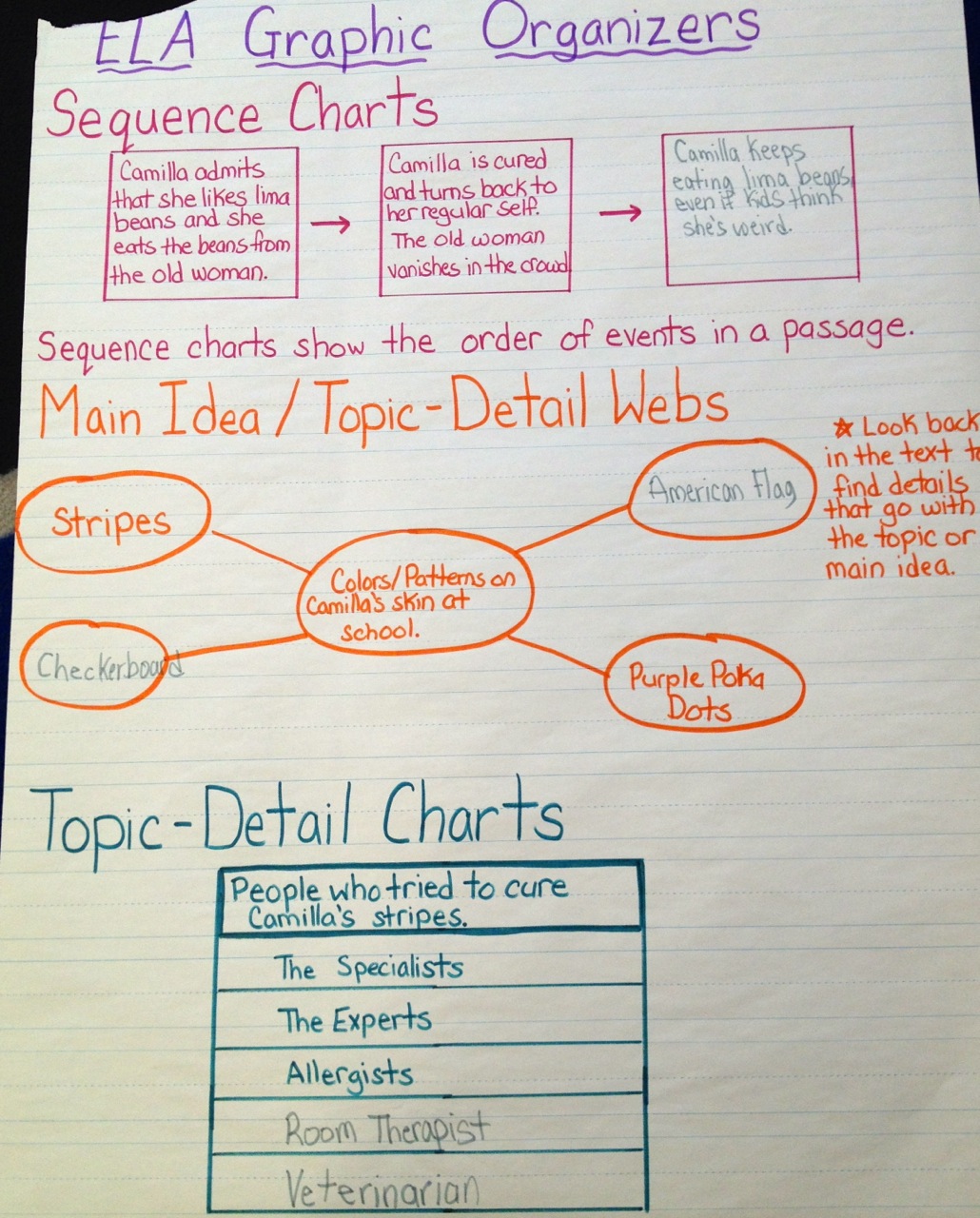
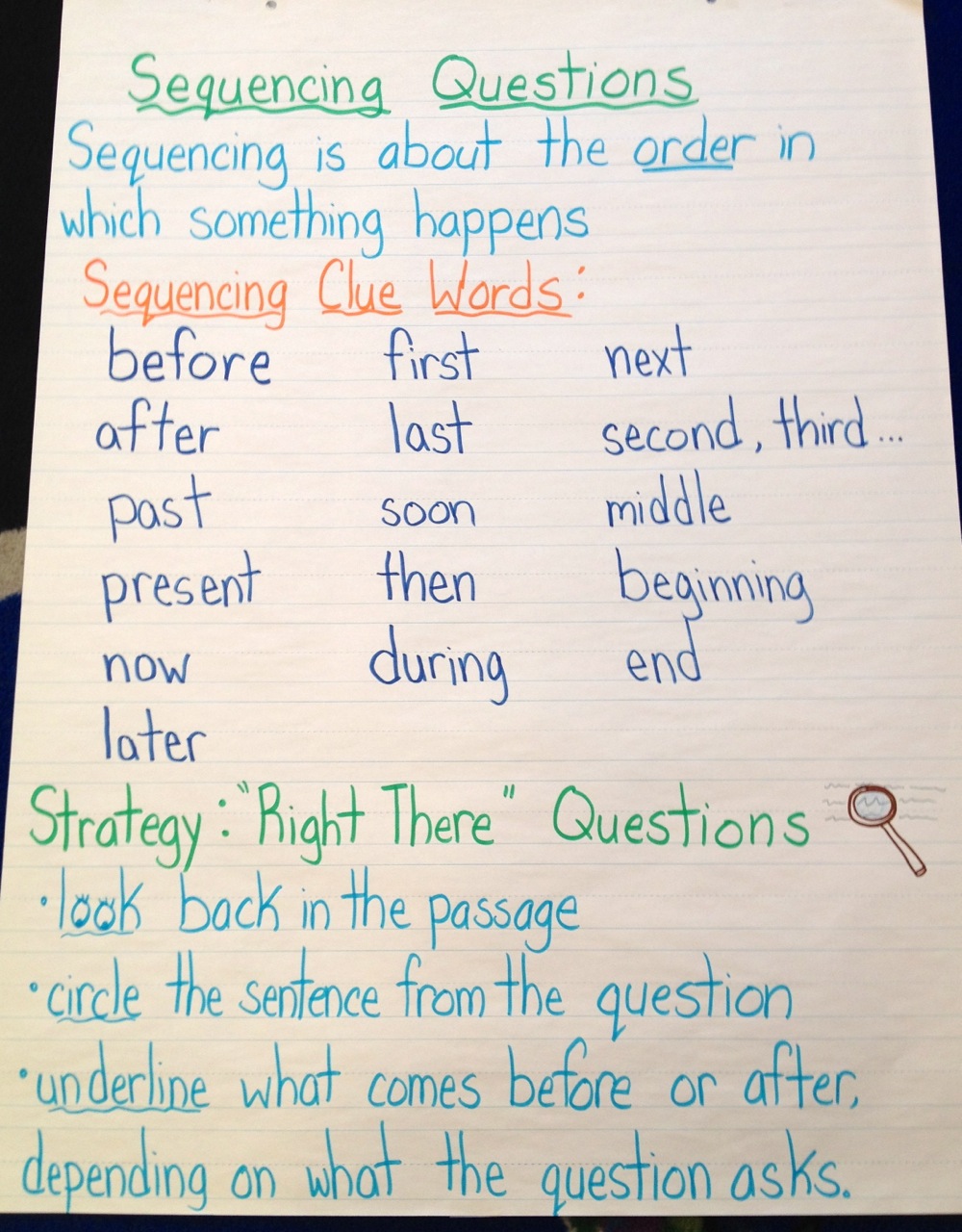


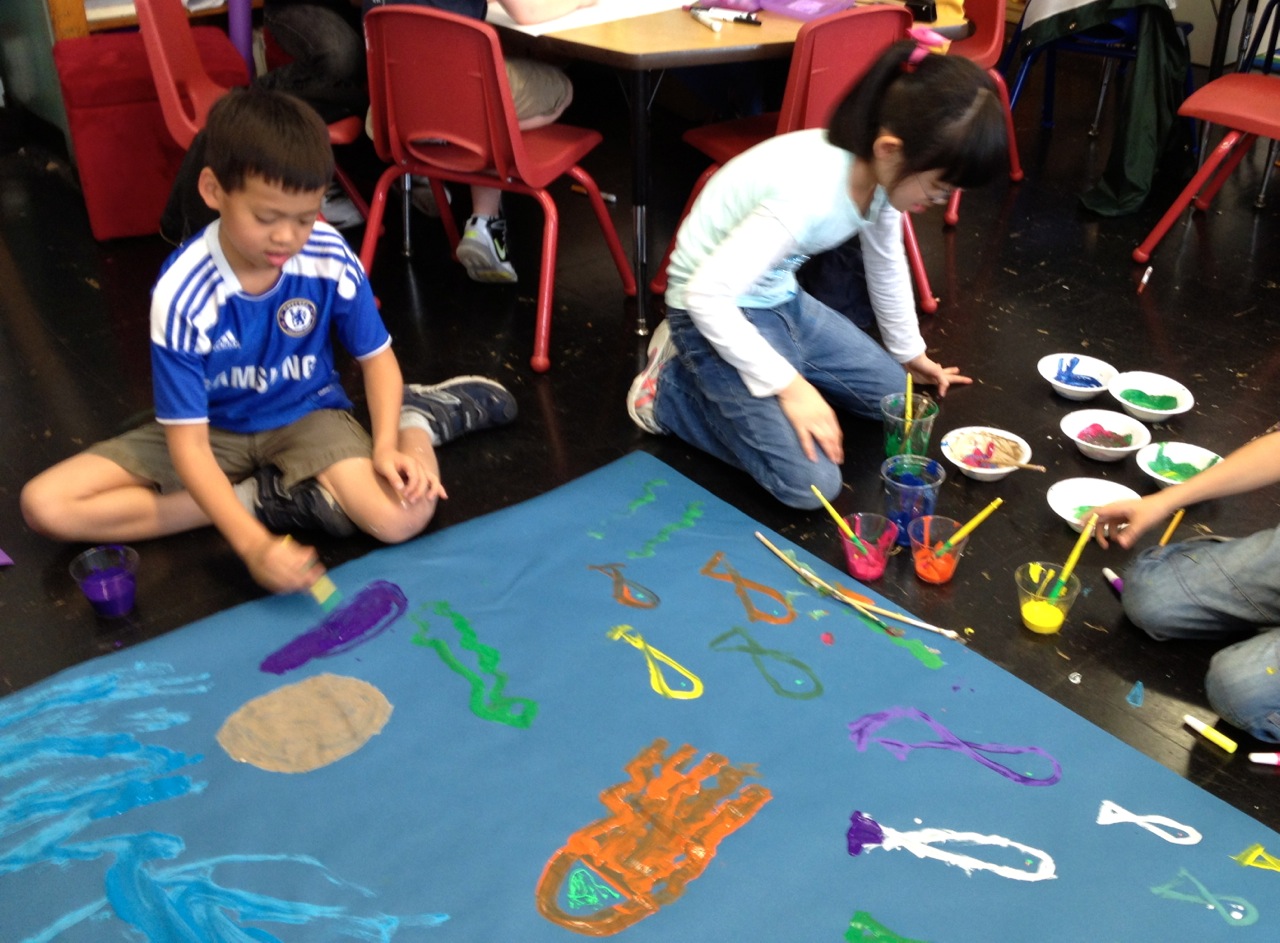

No comments:
Post a Comment